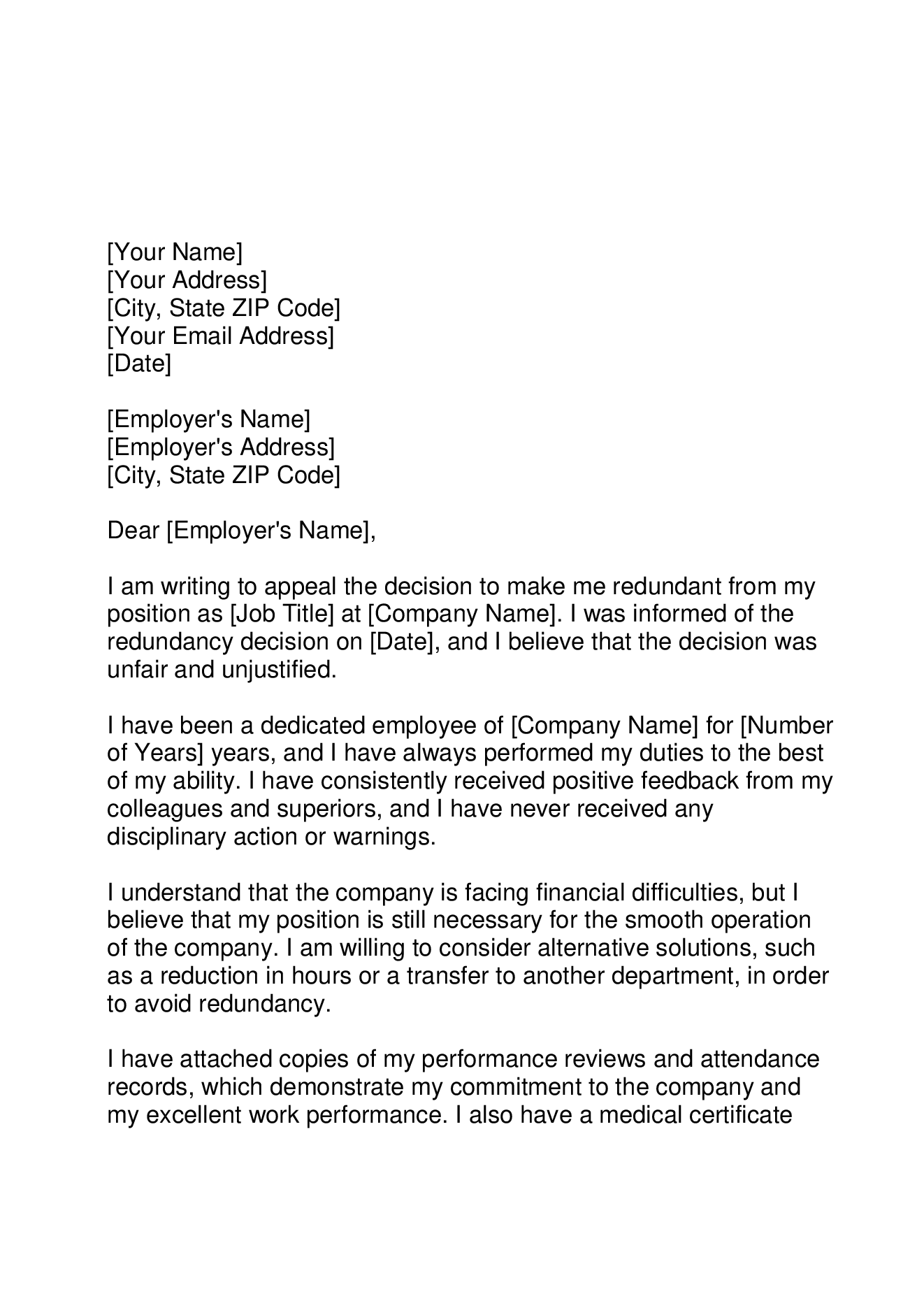Redundancy Pay If Company Goes Bust: Recognizing Your Privileges in the UK
Redundancy Pay If Company Goes Bust: Recognizing Your Privileges in the UK
Blog Article
Checking Out the Interplay Between Firm Redundancy and Business Versatility for Future Growth
In the dynamic landscape of today's company globe, the intricate connection in between company redundancy and business flexibility arises as a vital element for sustained development and success. Companies typically deal with the obstacle of striking a delicate balance between preserving a degree of redundancy to minimize threats and fostering versatility to respond promptly to the ever-evolving market demands.
Value of Firm Redundancy
Firm redundancy is an essential aspect that improves business durability and alleviates functional threats. By incorporating redundancy steps within the organizational structure, business can much better hold up against unforeseen disruptions and changes in business setting. Redundancy works as a calculated barrier, allowing business to adjust and respond efficiently to unanticipated challenges without compromising necessary procedures.
One key element of the value of firm redundancy is its role in ensuring connection throughout times of dilemma. When confronted with sudden adjustments or emergency situations, redundant systems, resources, or workers can step in to keep important features and protect against prevalent disruptions. This connection not only safeguards the business's online reputation and customer depend on but also decreases financial losses and functional downtime.

Techniques for Organizational Versatility

One more essential strategy is purchasing innovation and infrastructure that can support flexibility and scalability. Executing electronic devices, automation, and data analytics can simplify procedures, improve performance, and supply beneficial understandings for educated decision-making. Furthermore, developing adaptable organizational structures that enable fast adjustments to market characteristics and consumer requirements is important for remaining affordable in a quickly developing setting. By proactively determining prospective disruptions and opportunities, organizations can proactively grow and adapt in an ever-changing business landscape.
Harmonizing Redundancy and Adaptability
Attaining an unified equilibrium in between functional redundancy and business flexibility is vital in navigating the complexities of a vibrant company environment. Redundancy within a firm provides a safeguard, making sure continuity and security in operations. Nonetheless, an unwanted of redundancy can result in inadequacies and impede adaptability to transforming market conditions. On the various other hand, organizational flexibility enables companies to respond without delay to outside disturbances and take brand-new chances. Striking the right equilibrium in between redundancy and versatility is a fragile process that calls for a deep understanding of the organization's goals, industry characteristics, and danger resistance.
To achieve this balance, business need to carry out normal assessments of their operations to determine areas where additional resources redundancy is required for danger reduction and where versatility can drive advancement and development. Applying adaptable frameworks, cultivating a society of continuous discovering and enhancement, and motivating open communication across all levels of the organization are key strategies to harmonize redundancy and adaptability effectively. By straightening these two important aspects, business can position themselves for sustainable development and success in an ever-changing organization landscape.
Instance Research Studies on Adaptation Success
In taking a look at instances of successful organizational adaptation, it becomes evident that the interaction between operational redundancy and flexibility is a specifying consider shaping resistant organizations. One compelling situation research study is that of Netflix. Initially a DVD rental solution, Netflix demonstrated remarkable flexibility by transitioning into a streaming platform when digitalization interfered with the market. By strategically spending in innovation and web content creation, Netflix not just flourished yet made it through in a rapidly progressing market. Another standout instance is Amazon. Starting as an on-line bookstore, Amazon continuously adjusted its business design, expanding right into diverse markets such as cloud computing and expert system. This versatility allowed Amazon to stay in advance of competitors and satisfy changing consumer needs. Lastly, Adobe supplies a see here noteworthy picture of effective adaptation. The firm shifted from marketing software application licenses to a subscription-based version, guaranteeing persisting revenue streams and improved consumer engagement. These situation researches underscore the relevance of functional redundancy coupled with business versatility in promoting long-term development and competitiveness.
Structure Resilience for Future Development
Structure durability for future development needs a critical alignment of functional procedures with market dynamics and arising patterns. Companies need to adapt to changing settings by cultivating a society of adaptability, advancement, and continual enhancement.
Additionally, fostering solid partnerships with stakeholders, such as clients, workers, providers, and the area, is vital for maintaining and weathering uncertainties depend on and assistance throughout turbulent times. Effective communication and openness play an important function in building durability, as they aid line up assumptions and help with partnership in navigating unpredictabilities.
Additionally, organizations need to focus on learning and growth efforts to upskill staff members and equip them with the needed devices to adapt to transforming scenarios. By buying their labor force, firms can improve their flexibility and agility, inevitably enhancing their strength for sustainable future development.
Conclusion

In the vibrant landscape of today's organization world, the elaborate relationship pop over to this web-site in between firm redundancy and organizational versatility emerges as a vital variable for continual growth and success. Firms often deal with the difficulty of striking a delicate equilibrium between maintaining a degree of redundancy to minimize dangers and promoting versatility to react swiftly to the ever-evolving market needs.To accomplish this balance, firms need to perform routine analyses of their operations to recognize areas where redundancy is needed for danger mitigation and where versatility can drive innovation and development.In conclusion, the interaction in between firm redundancy and business adaptability is critical for future growth. Structure resilience via a mix of redundancy and versatility will certainly guarantee that companies are prepared for the challenges of the future.
Report this page